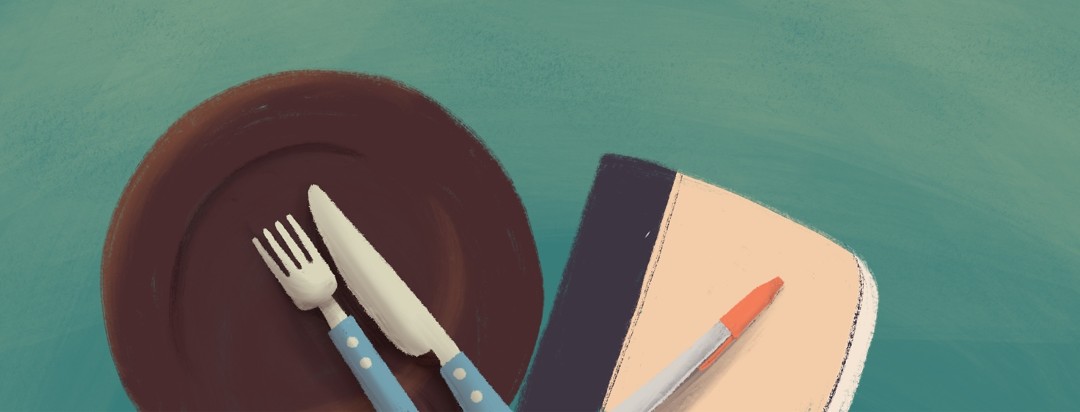Cluster Headache Food Triggers
There are no clear-cut causes of cluster headaches, a form of primary headache. These painful headaches typically affect one side of the head and other areas of the face requiring fast-acting treatment to alleviate their extraordinary pain. Although the reasons for developing cluster headaches are not fully understood, these headaches, so named because they appear in groups or clusters, may have triggers that exacerbate the symptoms.
Headache triggers are individualized, and determining which ones bring on your headaches is a process of elimination. They can be brought on by a complicated interaction of multiple triggers2, genetic makeup, and the environment.1
What are common headache triggers?
- High altitudes: Flying on planes or trekking up mountains
- Bright light (including sunlight)
- Physical activity
- Heat (hot weather, hot baths)
- Nitroglycerin
- Cocaine
- History of head trauma
- Genetics
- Severe emotional distress
- Foods high in nitrites
- Caffeine
- Alcohol consumption
- Cigarette smoking1,2
What foods trigger headaches?
Dietary habits don’t typically cause headaches, but the foods you eat can increase the risk of developing one when you are in the cluster period.2,3 A change in routine, e.g., fasting, dehydration, or skipping meals can also contribute to headache onset. Foods that may trigger headaches include:
- Processed lunch meats
- Foods with nitrites and preservatives like sausages, hot dogs, and bacon
- MSG (monosodium glutamate) a flavor enhancer used in soy sauce, meat tenderizer and other foods
- Foods containing the amino acid tyramine, including citrus, bananas, nuts and beans
- Aged cheeses e.g., blue, brie, feta, stilton, gorgonzola, cheddar, parmesan
- Cold foods, especially ice cream, consumed too quickly
- Aspartame and other artificial sweeteners
- Caffeine consumption in coffee, chocolate, tea, cocoa and cola
- Alcohol, including red wine, beer, and whiskey1,2,3
How can a headache diary help?
A headache diary is a detailed record of headache episodes. The information can provide insight into triggers and how to avoid them. It is a journal that allows you to keep track of your diet. Writing down everything you eat and when is generally associated with the weight loss process or determination of food allergies. A food journal can also serve as part of a headache diary, in which you look for patterns that coincide with the headache experience.2,3
Noting the onset, duration, and severity of pain levels associated with specific episodes can help identify potential triggers. For example, many people find that they develop a cluster headache within a few hours of consuming alcohol during a cluster period; yet they can drink alcohol without incident during times of remission.3,4 Eliminating food triggers by a process of elimination, removing one food at a time, may enable you to reduce the risk of developing cluster headaches.
Are food and cluster headaches connected?
There is limited research on the connection between food and cluster headaches. But sharing your headache diary with your health care provider can help identify patterns that may identify individual triggers and allow them to create a treatment plan for addressing your personal risk profile. Eliminating food triggers may help reduce your risk and/or the severity of cluster headaches.2,4
Community Poll
Do you feel comfortable advocating for yourself to your healthcare provider?

Join the conversation